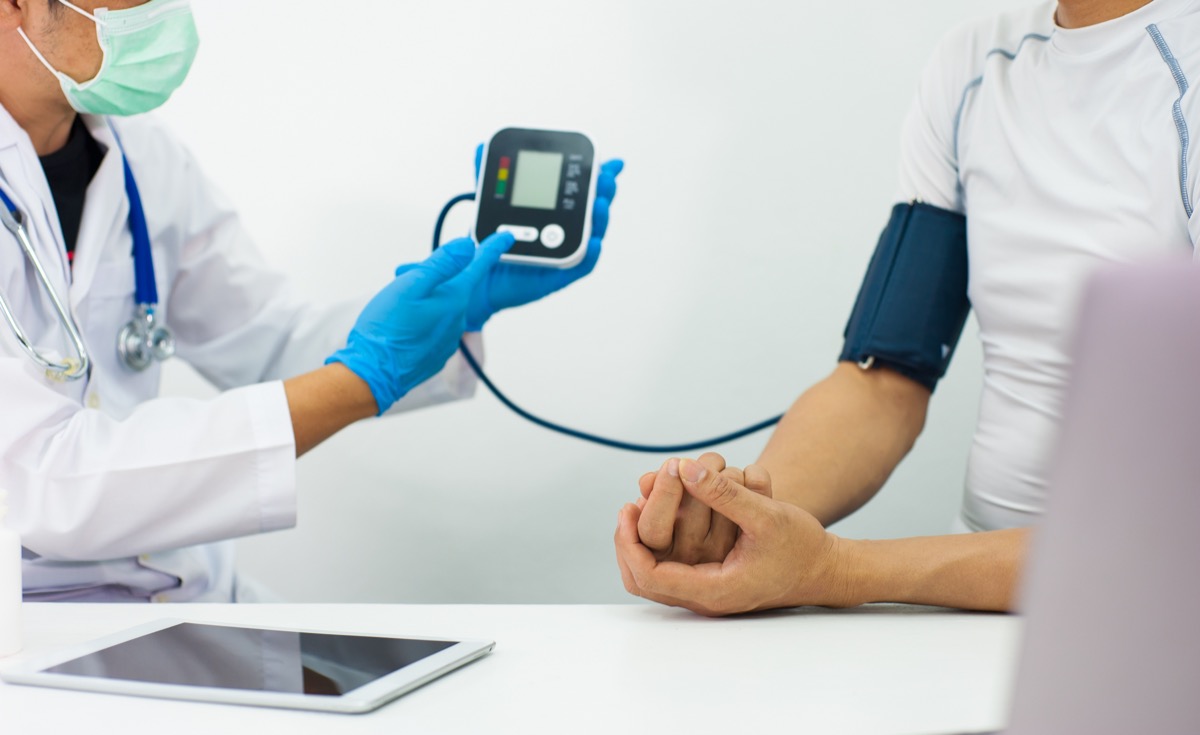The COVID-19 pandemic forced many of us to isolate and disrupted our usual routines—especially those related to exercise. If you haven't resumed regular physical activity, a recent study might make you want to get back on the horse (or bike, as it were). It found that being inactive has a potentially very serious consequence.
What the Study Found

According to the study published in the journal Stroke, people younger than 60 who reported sitting for eight or more hours daily—and not being otherwise physically active—were seven times more likely to have a stroke than people who were sedentary for less than four hours and got at least 10 minutes of exercise every day.
Researchers looked at the health data of 143,000 adults registered with the Canadian Community Health Survey, which tracked participants—all 40 years and older, with no prior history of stroke—for an average of 9.4 years.
"Sedentary time is increasing in the United States and Canada," said lead study author Dr. Raed Joundi of the University of Calgary. "Sedentary time is the duration of awake activities that are done sitting or lying down. Leisure sedentary time is specific to the sedentary activities done while not at work. It is important to understand whether high amounts of sedentary time can lead to stroke in young individuals, as a stroke can cause premature death or significantly impair function and quality of life."
Why Being Sedentary Is Harmful

"Sedentary time is thought to impair glucose, lipid metabolism and blood flow, and increase inflammation in the body," Joundi told CNN. "These changes, over time, may have adverse effects on the blood vessels and increase the risk of heart attack and stroke."
How Much Exercise Reduces Risk?

"Physical activity has a very important role in that it reduces the actual time spent sedentary, and it also seems to diminish the negative impact of excess sedentary time," said Joundi.
The American Heart Association recommends that adults should get at least 150 minutes of moderate-intensity physical activity, or 75 minutes of vigorous activity, each week.
Joundi told CNN that ideally, that activity is done for more than 10 minutes at a time. "Activities are considered moderate intensity when you are exercising enough to raise your heart rate and break a sweat, such as brisk walking or biking." Examples of vigorous activity include running, rowing or swimming.
Other Stroke Risk Factors

Other studies have found that 10 risk factors are associated with 90% of strokes, Joundi said, so "90% of strokes could in theory be avoided if all of these risk factors were removed in a population." They are:
- Hypertension (high blood pressure)
- Diabetes
- Atrial fibrillation
- High cholesterol
- Excessive alcohol consumption/smoking
- Being sedentary
- Obesity
- Poor diet
- Metabolic syndrome
- Inflammation
"Improving physical activity is only one important component of stroke risk reduction, together with a nutritious diet, smoking cessation, and diagnosing and treating conditions like high blood pressure and diabetes," said Joundi.
No comments:
Post a Comment